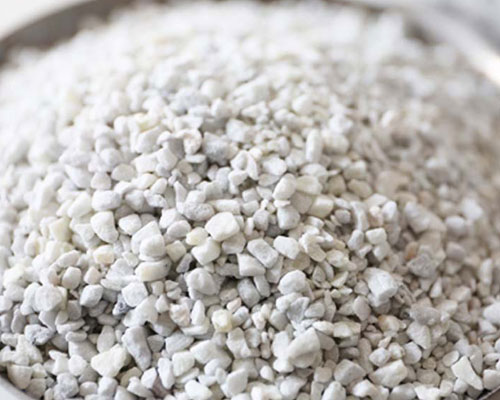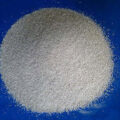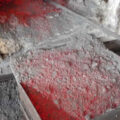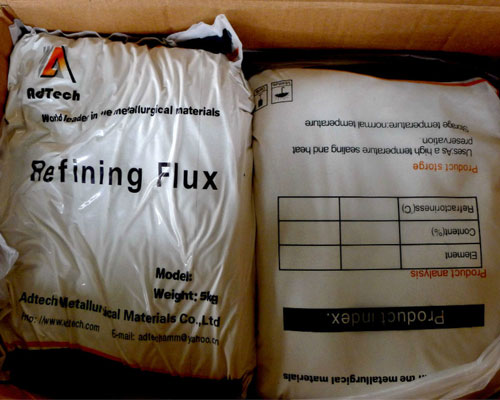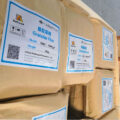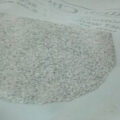Granular Flux is an important auxiliary material used in aluminum alloy smelting. At present, the main components of fluxes on the market are chloride and fluoride. Among them, chloride has strong water absorption and is easily affected by moisture. Therefore, the raw materials used in the production of flux must be dried, the water must be thoroughly removed, and the packaging must be sealed. Prevent damage during transportation and storage, and pay attention to the production date. If the storage date is too long, moisture absorption will also occur. In the smelting of aluminum alloy, if the fluxes such as slag remover, refining agent, covering agent used to absorb moisture, the aluminum liquid will produce different degrees of hydrogen absorption.
Aluminum alloy smelting is one of the most important process links in the production of high-quality cast rods. If it is not properly controlled, various casting defects such as slag inclusion, pores, coarse grains, etc. will occur in the casting, so it must be strictly controlled.
The smelting temperature of aluminum alloy is best controlled at 750-760 degrees. Too low will increase the generation of slag inclusion, and too high will increase hydrogen absorption, oxidation, and nitriding burning loss. Studies have shown that the solubility of hydrogen in molten aluminum rises sharply above 760 degrees. There are many ways to reduce hydrogen absorption, such as drying smelting furnaces and smelting tools, and preventing the use of granular flux from damp and deterioration. Melting temperature is one of the most sensitive factors. Excessive smelting temperature not only wastes energy and increases costs, but is also a direct cause of pores and coarse grains.

Granular Flux
It is very important to choose a good granular flux and a suitable refining process. At present, most of the refining of aluminum alloy adopts powder spraying refining. This refining method can make the refining agent and the aluminum liquid fully contact, so that the refining agent can exert its maximum efficiency. Although this feature is obvious, the refining process must also be paid attention to, otherwise, the desired effect will not be obtained. The nitrogen pressure used in powder spraying refining is better.
If the nitrogen used in refining is not high-purity chlorine (99.99%N2), the more nitrogen is blown into the molten aluminum, the more moisture in the nitrogen will cause the molten aluminum to oxidize and absorb more hydrogen. In addition, the nitrogen pressure is high, and the rolling waves generated by the molten aluminum are large, which increases the possibility of oxidation and slag inclusion.
If high-purity nitrogen is used in the refining, the refining pressure is high, the generated bubbles are large, the buoyancy of the large bubbles in the aluminum liquid is large, the bubbles rise rapidly, the residence time in the aluminum liquid is short, and the hydrogen removal effect is not good and wasteful. Nitrogen increases costs. Therefore, nitrogen should be used less, refining agent should be used more, more refining agent only has advantages, no harm. The key point of the powder spraying refining process is to use as little gas as possible and spray as much refining agent into the molten aluminum as possible.

